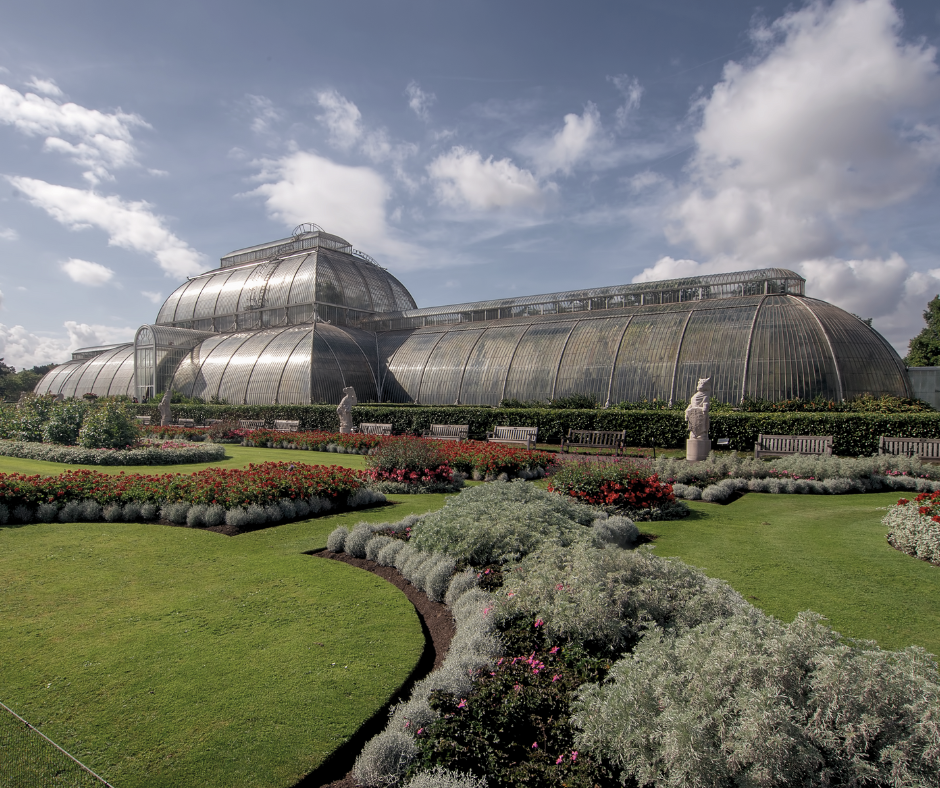

What is a Horticulturist, and How Do I Become One?
Summary
Reflection Questions
Journal Prompt
With a background in the plant sciences (and sometimes art), horticulturists are passionate about enhancing landscapes, boosting agricultural productivity, and contributing significantly to environmental conservation. Whether you’re a budding green thumb or a seasoned gardener looking to professionalize your passion, this DesignDash Guide will take you through the required education, many specializations, and potential for creative fulfillment that a career in horticulture offers. So, what is a horticulturist and how do you become one? Let’s get into it!
What Exactly is a Horticulturist?
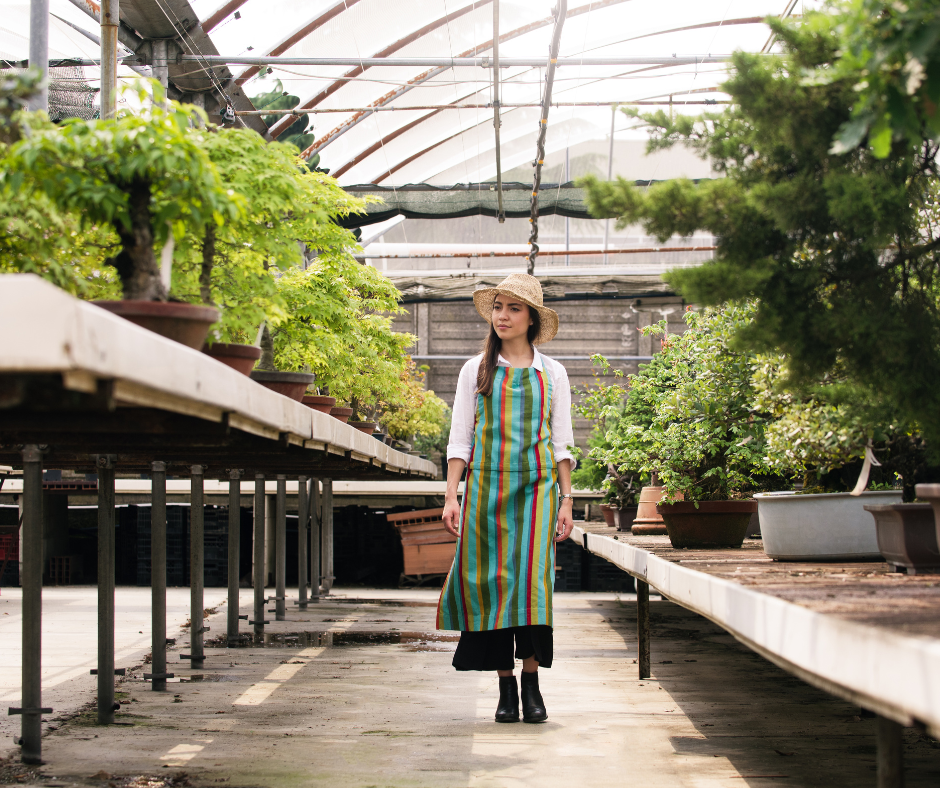

A horticulturist specializes in the science and art of growing, cultivating, and maintaining plants. Professional horticulturists work across various settings, including commercial nurseries, landscaping companies, research firms, gardens, parks, and greenhouses. Here, they focus on the propagation, improvement, and health of medicinal plants, fruits, vegetables, and ornamental flowers.
Horticulturists apply their knowledge of plant biology, genetics, ecology, and soil science to solve practical gardening problems, develop harvesting techniques, enhance landscape aesthetics, improve agricultural productivity, and contribute to environmental conservation. Horticulturists focus on plant propagation, disease management, and monitoring plant health. However, their work also involves plant genetics research and experimentation to develop new plant varieties, optimize growing conditions, and promote sustainable practices in gardening and landscaping.
How Does Horticulture Compare to Other Plant Sciences?
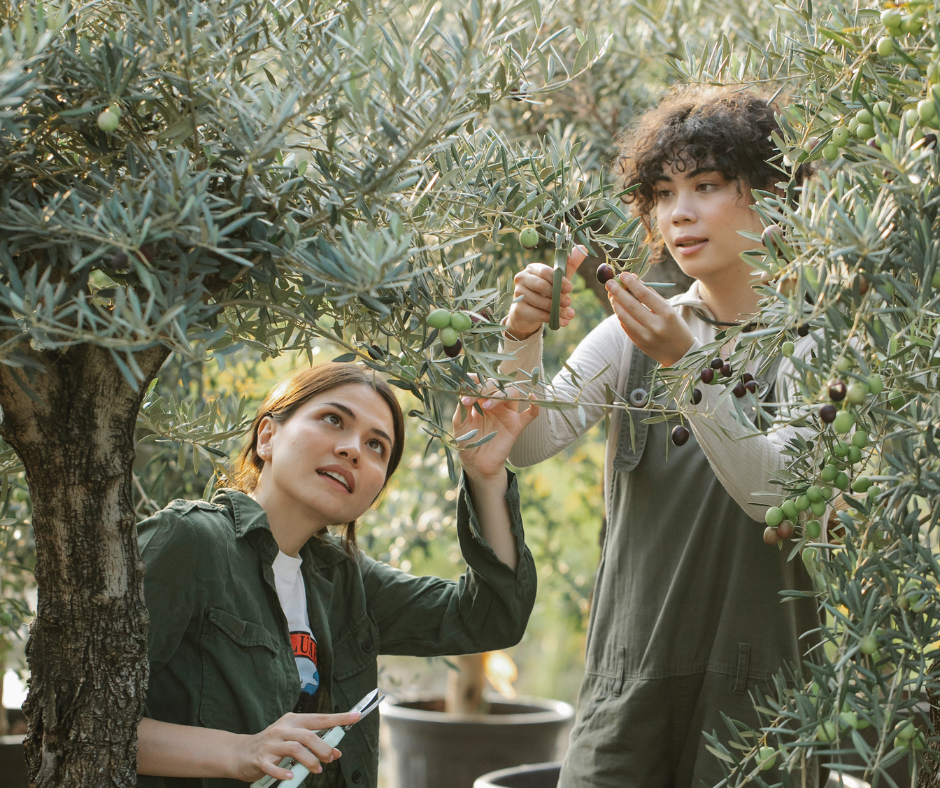

Horticulture is a branch of plant sciences that primarily focuses on the cultivation of plants for human use and enjoyment, encompassing fruits, vegetables, ornamental plants, and herbs within managed environments like gardens, greenhouses, and landscapes. It emphasizes both the scientific knowledge and art of plant breeding, propagation, and optimal growth conditions.
In contrast, agriculture deals more broadly with the mass production of food crops and livestock, often on a large scale, and includes aspects of soil management and animal husbandry. Botany, another branch of plant sciences, is more academically oriented and studies plants at a fundamental level, including their physiology, genetics, ecology, and evolution.
Horticulture intersects with these fields but remains distinct due to its focus on intensive cultivation techniques, aesthetic considerations, and the direct enhancement of human living spaces and diets.
Horticulture Specializations
Horticulture is a diverse field with several specializations. Each of these specializations contributes uniquely to the field of horticulture, applying specific plant science principles and techniques to enhance the growth, aesthetics, and utility of plants in varied environments. Below are a few of the primary specializations within horticulture
Floriculture
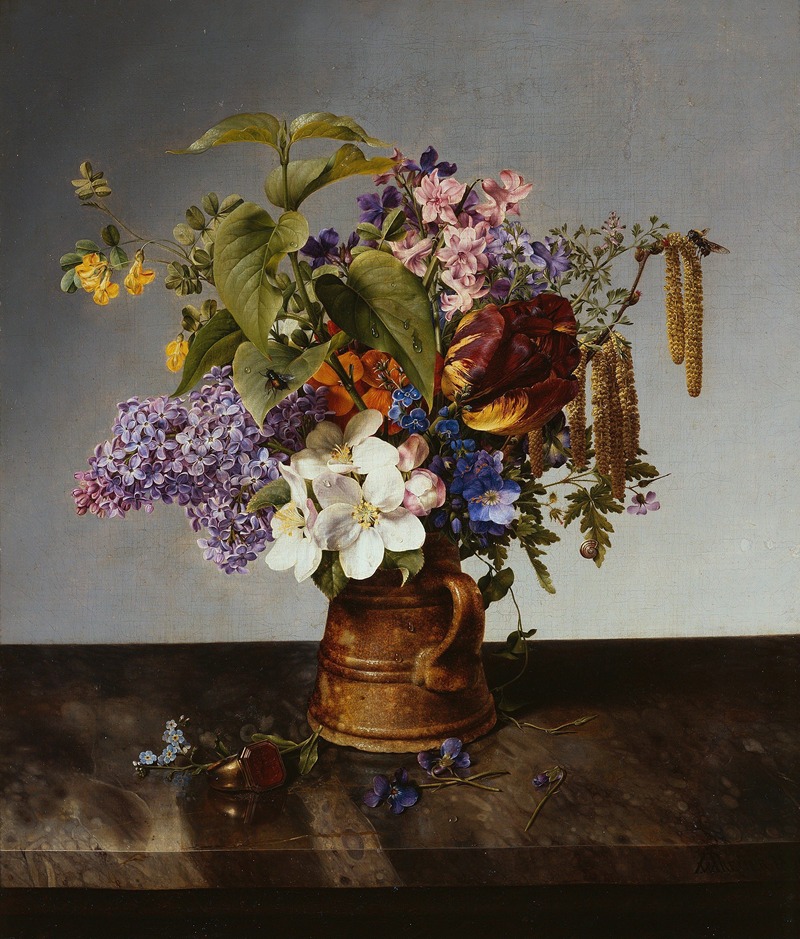

Floriculture is the cultivation of flowering and ornamental plants for gardens, floral industry, and decorative purposes. Specialists in floriculture are involved in breeding, growing, and marketing flowers and ornamental plants. They work on a variety of plants such as annuals, perennials, shrubs, and trees that are specifically grown for their blooms and aesthetic appeal. This specialization often involves working closely with retail garden centers, landscapers, and designers to create attractive floral displays and products.
Landscape Horticulture
Landscape horticulture involves designing, constructing, and maintaining landscapes in public and private settings. This includes residential gardens, public parks, golf courses, and commercial properties. Professionals in this field apply their knowledge of plant science, design, and construction to create functional and visually appealing outdoor spaces. They are also responsible for the ongoing maintenance of these spaces, ensuring that the plants remain healthy and the design intentions are preserved over time.
Olericulture


Olericulture is specifically concerned with the production of vegetables. It covers all aspects of growing, harvesting, storing, processing, and marketing vegetables. Olericulturists strive to improve the yield and quality of vegetables, addressing challenges such as pest management, disease control, and post-harvest preservation. This specialization is crucial for ensuring food security and supporting healthy diets through the provision of a wide variety of vegetables.
Pomology
Pomology focuses on the cultivation, production, and improvement of fruit trees and shrubs. Pomologists work on a range of fruit-bearing plants, from traditional orchard fruits like apples and pears to berries and nuts. They study the biology and physiology of fruit plants to enhance fruit quality, yield, and resistance to environmental stresses. Their work is essential in supporting the fruit industry and in developing new varieties that can withstand changing climatic conditions.
Nursery Management
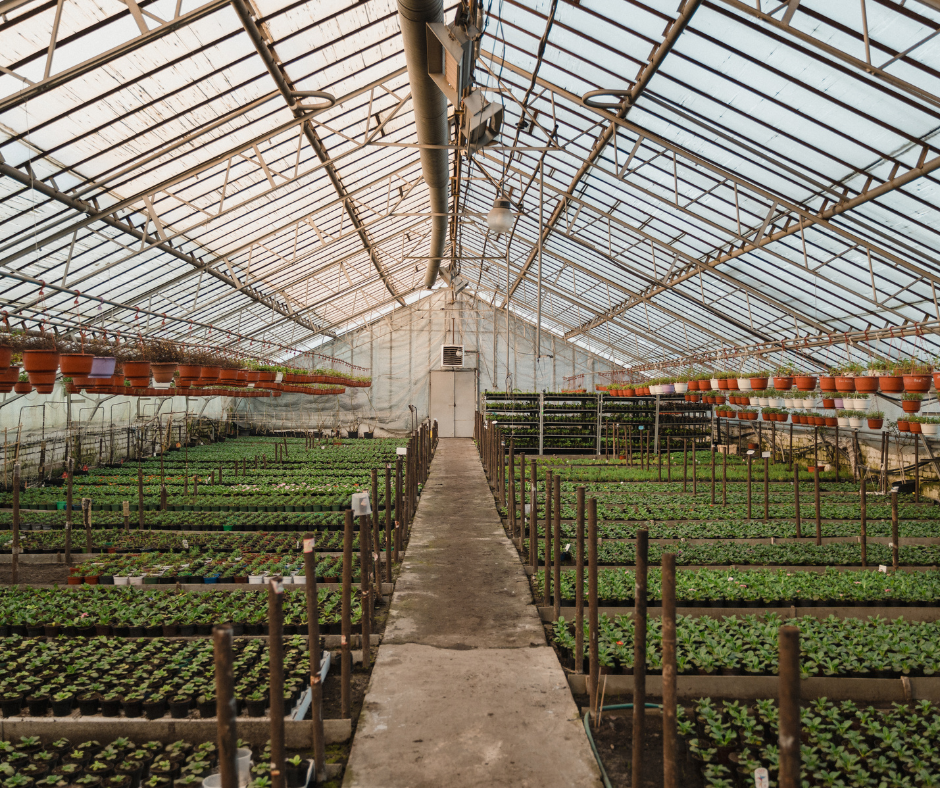

Nursery management involves the production and commercial sale of plant seedlings, including trees, shrubs, and ornamentals. Nursery managers oversee the operations of plant nurseries, ensuring that plants are propagated healthily and efficiently. They use various propagation techniques such as seeding, cutting, grafting, and cloning to produce high-quality plants for landscaping, reforestation, and sale to the general public.
Turf Management
Turf management specializes in the care and maintenance of turfgrass for sports, recreational areas, and lawns. This field requires a deep understanding of grass varieties, soil science, pest management, and the environmental conditions affecting turf health. Turf managers are crucial in settings such as golf courses, sports fields, and public parks, where well-maintained turf is essential for both aesthetics and functionality.
Here’s How to Become a Horticulturist


To become a horticulturist, one typically starts with formal education, such as obtaining a degree in horticulture, botany, or a related field from a college or university. These programs offer foundational knowledge in plant biology, soil science, and the specific techniques used in various horticulture specializations. Beyond academic training, gaining practical experience is crucial. This can be achieved through internships, working in nurseries, gardens, or agricultural extensions, or through hands-on roles in landscaping or greenhouse management.
Professional horticultural certifications, such as those offered by horticultural societies or professional organizations, can further enhance a horticulturist’s credentials and expertise. Continuous learning through workshops, seminars, and other educational opportunities also helps keep skills current and expand professional networks. This combination of education, practical experience, and ongoing professional development paves the way to a successful career in horticulture.
Fuel your creative fire & be a part of a supportive community that values how you love to live.
subscribe to our newsletter
Respected Horticulture Programs in the U.S.
- Cornell University (Ithaca, NY) – Offers comprehensive programs in horticulture, including both undergraduate and graduate options.
- University of California, Davis (Davis, CA) – Known for its strong agriculture and environmental sciences programs, including horticulture.
- Michigan State University (East Lansing, MI) – Offers a variety of horticulture degrees and is renowned for its research in plant science.
- Texas A&M University (College Station, TX) – Provides extensive courses and research opportunities in horticulture and related fields.
- Purdue University (West Lafayette, IN) – Known for its College of Agriculture, which offers degrees in horticulture science.
- University of Florida (Gainesville, FL) – Features a comprehensive horticulture program with numerous specializations and research opportunities.
Ways to Foster Your Creativity as a Horticulturist
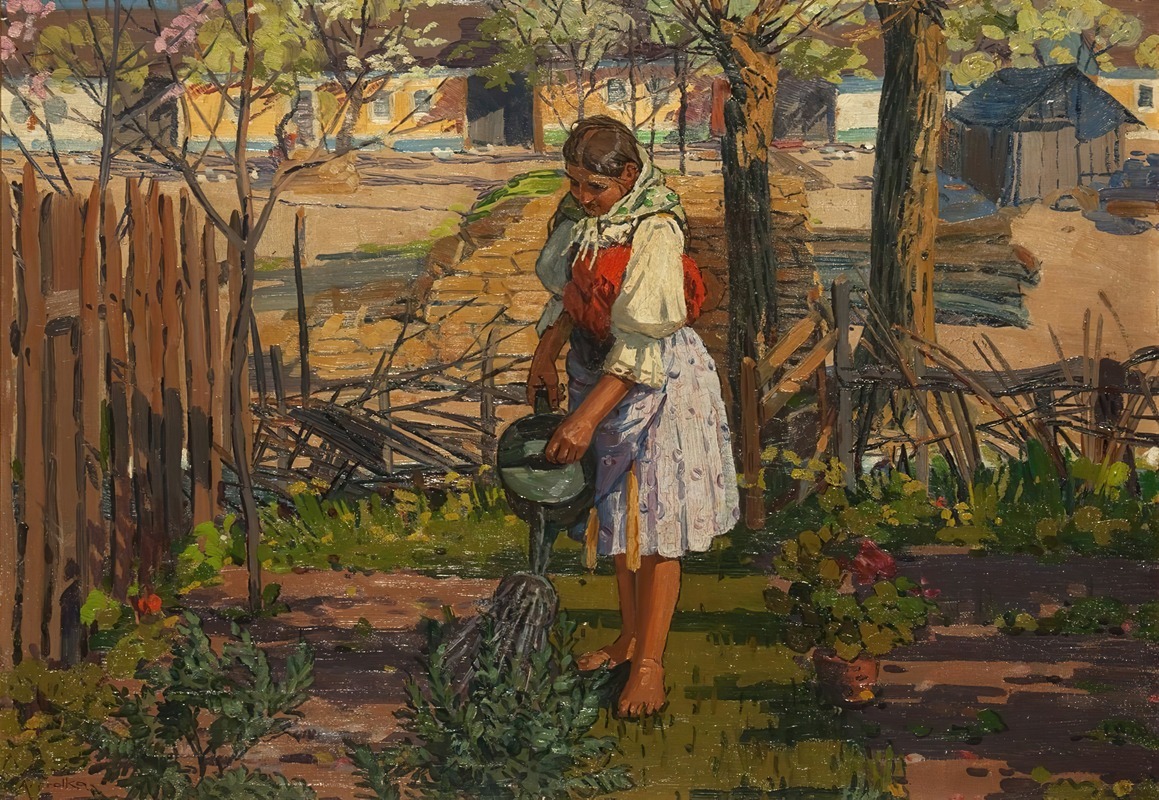

As a horticulturist, you will use your plant science knowledge to oversee crop production, monitor plant health, cultivate plants, and select the right plants for each location. Now, this might sound solely scientific, but there are actually many ways to foster your creativity as a horticulturist. Being creative as a horticulturist offers a wide range of opportunities to blend art, science, and environmental stewardship.
Garden Design


As a horticulturist, you can experiment with various layouts that might range from formal, symmetrical arrangements to wild, naturalistic settings. Consider using themes—such as a butterfly garden or a culinary herb garden—that guide your plant selections and structural elements.
Play with color schemes by planning seasonal blooms that transition smoothly throughout the year. Textures are important, too. Juxtapose fine-leaved ferns and ornamental plants against broad-leaved hostas for visual impact. Additionally, designing for different heights and layers can create a rich, immersive experience that draws visitors into your garden space.
Plant Selection
Innovative plant selection and plant cultivation is central to creative horticulture. This involves choosing a mix of rare, unusual, or native plants that might not be commonly seen in typical gardens. By selecting plants with varying bloom times, you ensure that the garden remains vibrant across seasons.
Consider also the ecological benefits of each plant, such as their attractiveness to pollinators or their drought resistance. Horticulturists can push boundaries by introducing exotic plants that are still suitable for the local climate, thereby adding an element of surprise and discovery for visitors and fellow garden enthusiasts.
Sustainable Practices


Sustainability in horticulture goes beyond plant selection to include the very practices and materials used in gardening. Techniques like rainwater harvesting, composting, and using renewable resources can dramatically reduce a garden’s environmental footprint.
Creating rain gardens or installing green roofs are innovative ways to manage stormwater while adding aesthetic value. Employing permaculture principles can help in designing gardens that mimic natural ecosystems, thereby promoting biodiversity and resilience. These sustainable practices not only conserve resources but also serve as educational tools for visitors, demonstrating the practical applications of environmental stewardship.
Art in the Garden
Integrating art into the garden setting can transform ordinary spaces into extraordinary ones. Sculptures, murals, and bespoke garden furniture can serve as focal points or complement the natural beauty of the flora.
Horticulturists can collaborate with artists to create pieces that interact with plant elements—perhaps a sculpture that catches rainwater or a painted mural that highlights a historical aspect of the garden’s plants. This integration of art and horticulture enhances the sensory experience of the garden, making it a destination for both art lovers and nature enthusiasts.
Technology Integration
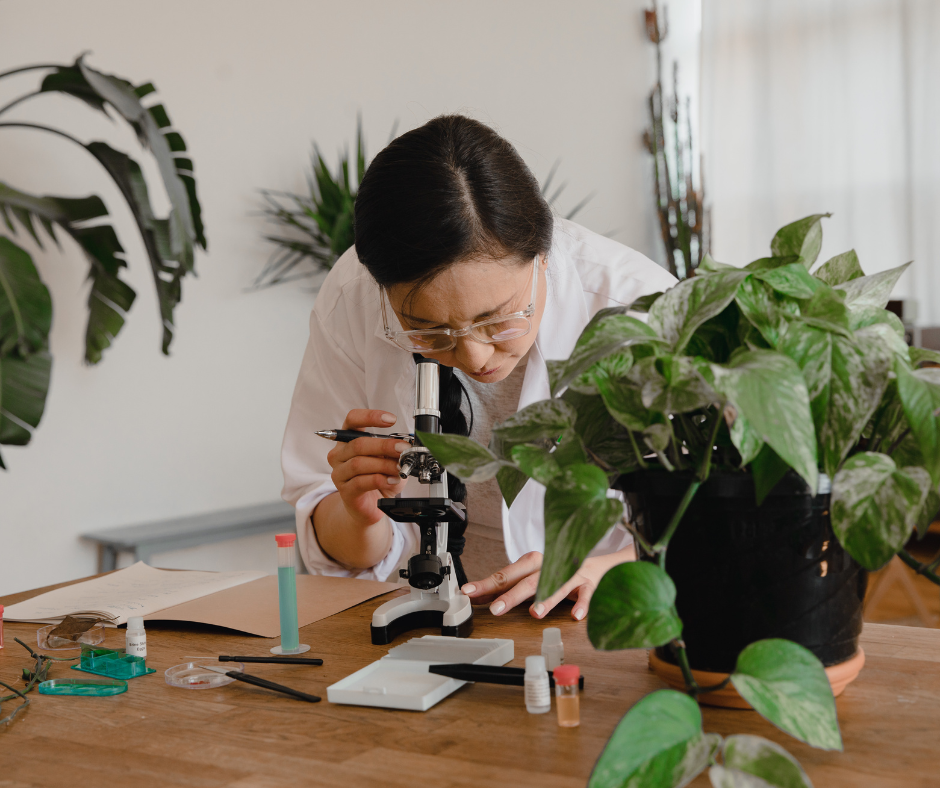

Technology can greatly enhance the efficiency and creativity of garden designs. Automated systems for irrigation can be tailored to the specific water needs of different plant zones, saving water and ensuring optimal plant growth.
Horticulturists can also use software to simulate garden designs before actual implementation, allowing them to experiment with different layouts and plant combinations. Advanced technologies like hydroponics or aeroponics open up new possibilities for growing plants in non-traditional settings, such as indoor spaces or urban rooftops, expanding the scope of what can be achieved in horticulture.
Community Projects
Participating in community garden projects can magnify a horticulturist’s impact by bringing green spaces to urban areas or underserved communities. These projects often allow for large-scale creativity and can include features like communal vegetable gardens, educational plots for schools, or therapeutic gardens for hospitals. Community gardens strengthen local ties, promote environmental awareness, and provide invaluable green spaces where residents can learn about gardening and sustainability directly from experts.
Therapeutic Gardens
Designing therapeutic gardens requires a deep understanding of how environments can influence human well-being. These gardens are often developed for hospitals, elder care facilities, or centers for those with special needs and are designed to be accessible and soothing. Features might include easy-to-navigate pathways, raised planting beds, and sensory-oriented plants that provide tactile and olfactory experiences. The goal is to create a peaceful retreat that supports recovery and relaxation, utilizing the restorative properties of nature to enhance physical and mental health.
Experimental Horticulture
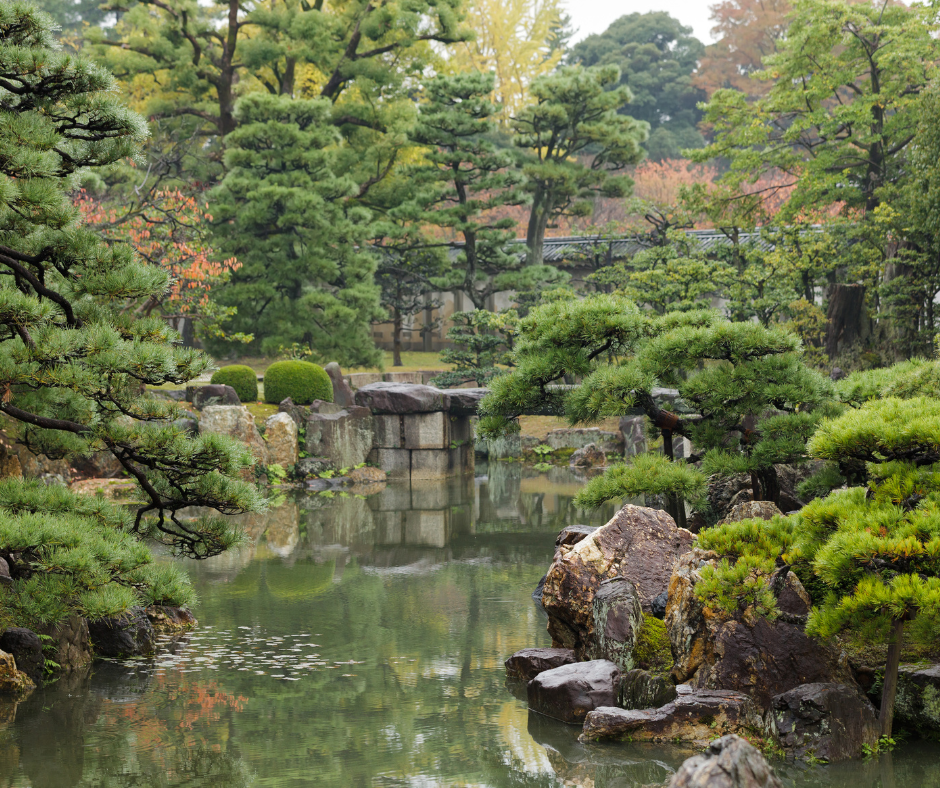

Experimental horticulture involves pushing the boundaries of conventional gardening to discover new plant varieties or cultivation techniques. This might include breeding plants to produce new colors or better resistance to disease, or experimenting with biodynamic gardening methods.
Horticulturists might also test the adaptability of non-native species in a controlled setting to expand the palette of plants available for gardening in their region. This type of innovation not only satisfies scientific curiosity but can lead to significant advancements in how plants are grown and maintained.
Educational Outreach
Horticulturists can extend their influence by engaging in educational outreach. This can take the form of workshops, guided tours, or online content that educates the public about the importance of plants and sustainable gardening practices.
By hosting events in the garden, horticulturists can show firsthand the beauty and utility of well-designed plant spaces. These educational efforts can inspire new generations of gardeners and environmental advocates, ensuring that the knowledge and appreciation of horticulture continue to grow.
Final Thoughts: Resources to Get You Started
Women interested in pursuing a career in horticulture have access to a variety of resources designed to support and encourage their professional development in this field. From scholarships to professional horticultural organizations, below are a few valuable resources to help you launch your career.
- American Horticultural Society (AHS): AHS offers networking opportunities, educational resources, and a membership program that connects women with mentors and industry professionals.
- Association for Women in Science (AWIS): While broader in scope, AWIS supports women in all fields of science, including horticulture. They provide career development resources, advocacy, and opportunities to connect with other women scientists.
- Garden Club of America (GCA): Offers scholarships and fellowships to women pursuing degrees in horticulture and plant sciences, providing financial support and recognition for their academic and research endeavors.








